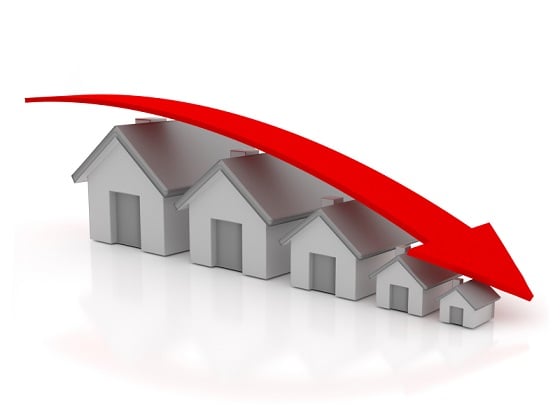Slowing investor activity and tougher lending conditions continue to hit Sydney’s housing prices, the latest data from Domain shows.
Sydney’s unit prices dropped 0.4% to $736,879 over the December 2017 quarter. Annually, units in the NSW capital city grew by a 15-month low of 1.7%, according to the December Quarter Domain House Price Report.
On the other hand, house prices in Sydney went up, albeit only marginally by 0.5% to $1,179,519 over the December quarter. The capital city’s median house price remains lower than it was six months ago, with annual growth slowing to 4.0% year-on-year, said the report.
Meanwhile, Melbourne went past a median of $900,000 for the first time in December, while Brisbane and Darwin recorded the only median house price declines over the quarter among the capital cities.
The median house price in most capital cities rose over the December quarter, with varied growth rates among them.
Across the country, the median house price went up by 1.4% over the December quarter to $813,024. The annual growth rate has slowed to 5.0% -- the lowest in 15 months
For units, median prices varied across the capital cities, with Brisbane and Darwin still affected by an oversupply. Hobart recorded the strongest annual growth in units over the December quarter, followed by Melbourne, Adelaide, Sydney and Canberra.
A report by Macquarie earlier this month said that housing prices in Sydney and at the national level have already stopped declining, based on an assessment of seasonally adjusted housing price data from APM and
CoreLogic RP Data.
Macquarie analysts pointed out that home price growth and activity are quite seasonal – and so require that the data be seasonally adjusted to get a clear view of housing price trends.
“After seasonal adjustment, monthly growth in APM’s measure of capital city dwelling prices has picked up modestly in recent months,” they said, noting that they based this observation on data only up to November 2017.
Using CoreLogic's data to mid-January 2018 shows a clear improvement in seasonally adjusted housing price growth, said the analysts. The caveat is that sales volumes in January are “very low”.
Related stories:
Melbourne has highest risk of price dive
Slowdown in house prices to continue: HSBC
Australia suffering from housing oversupply


